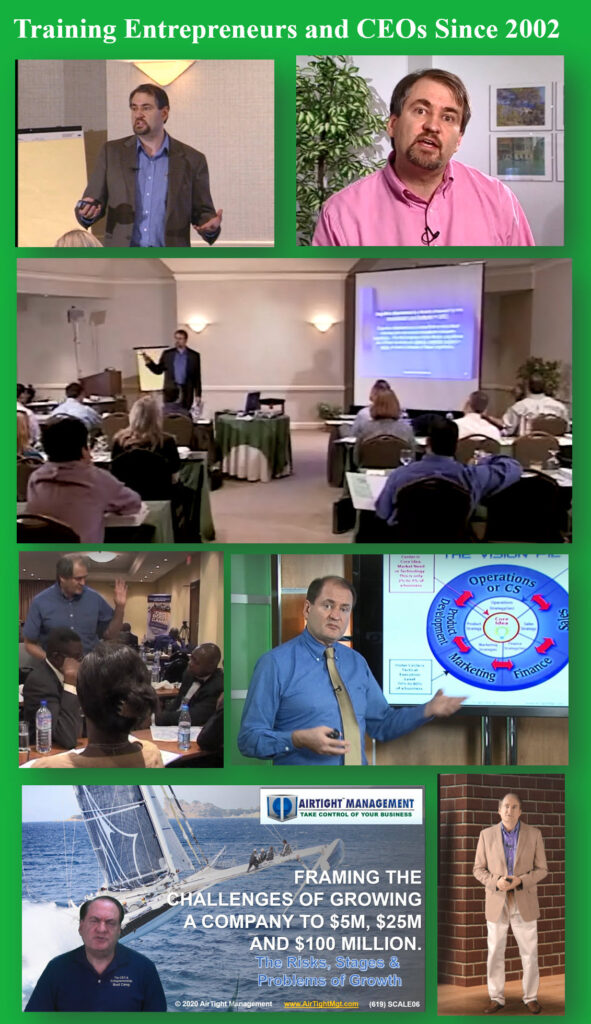Leadership Lessons For Emerging Growth Companies
Stage #2 Leadership Focus Keys
A mini-series on practical leadership focus for growth companies
This is the third of a 5-part special series
This series explores how leadership focus and skills must evolve as a company grows from a raw startup to an expansion stage. Last time we looked at leadership challenges at the formation stage of a raw startup. In this issue we will look at the appropriate leadership style in more depth for a Stage 2 company.
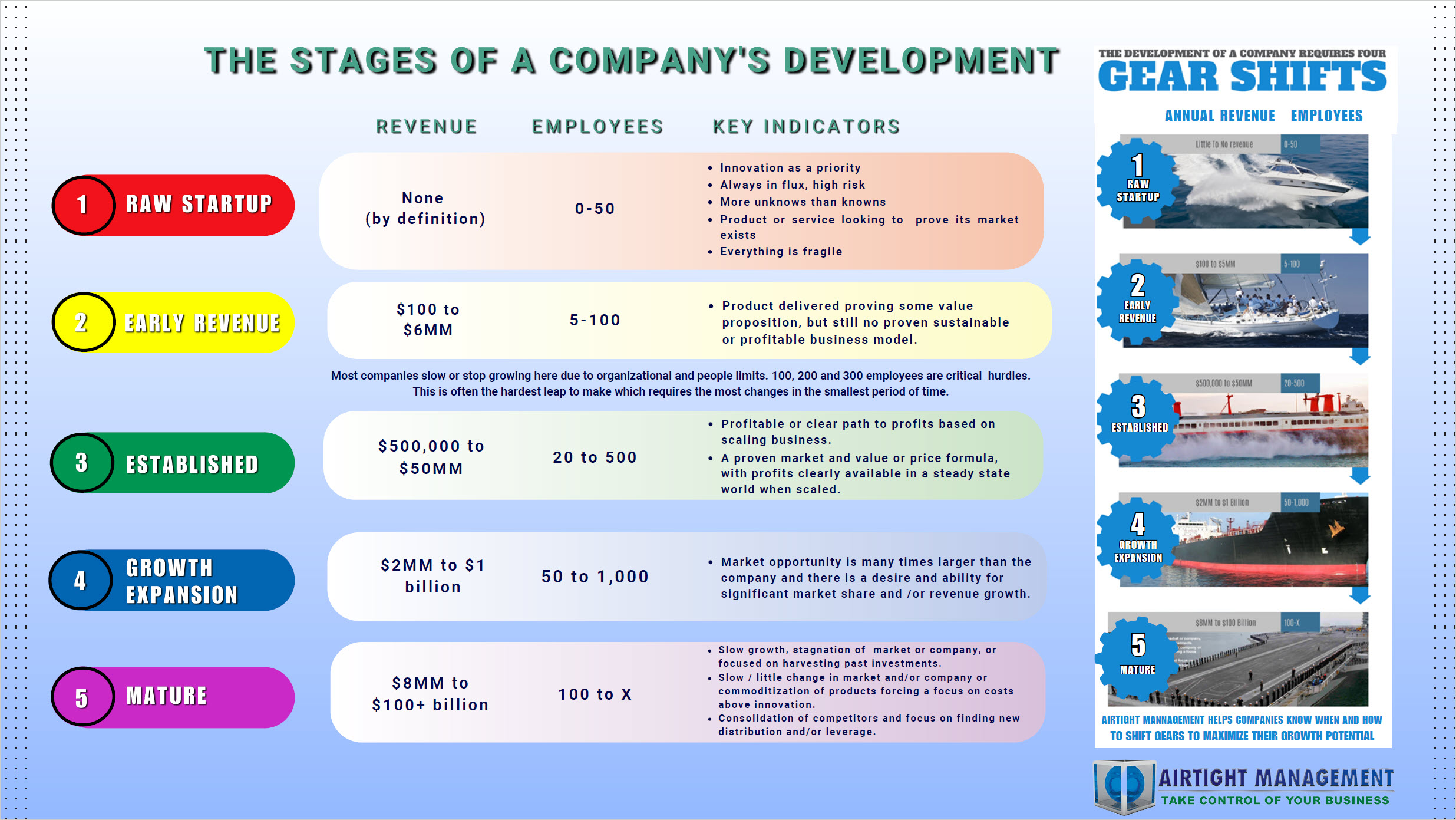
Stage #2 Leadership Focus Keys – Typically when there are 5 to 15 employees
At this stage of a company’s development, the focus is shifting from product design and development into a mode of “selling” and delivering the product to the first customers. Convincing customers to take the higher risks to work with a new company is no easy task today. Since the bubble popped, corporate managers are reluctant to work with new companies because they have learned about the high failure rate the hard way. The main focus of the company’s senior team is shown here:
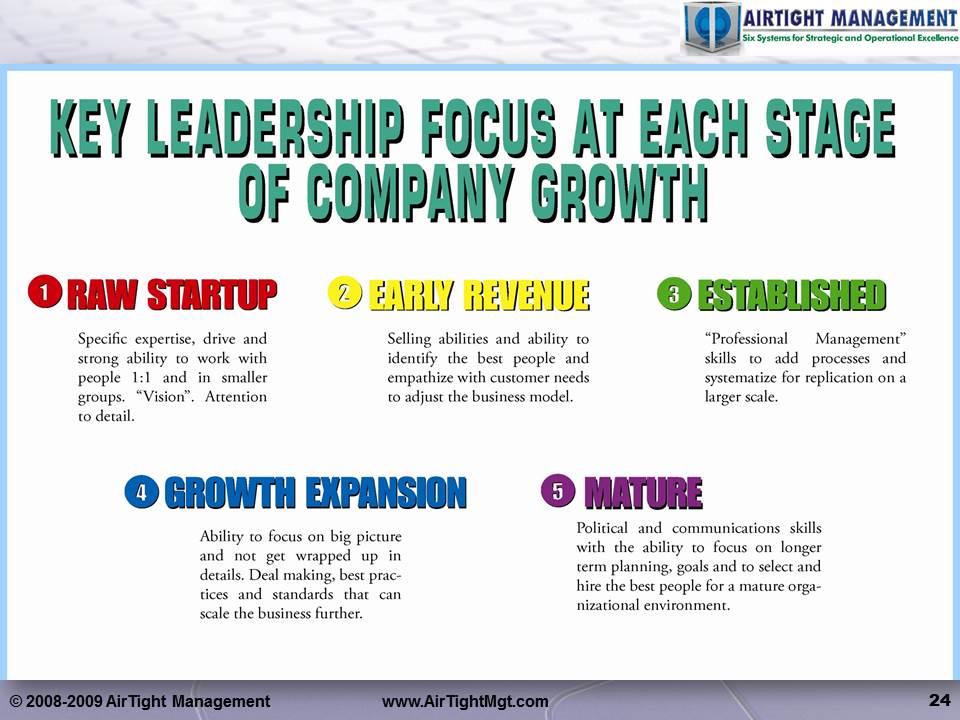
CEOs must have the ability to sell their vision to the target customers at this point. The CEO must lead the way and be directly involved in customer contact here. They must know all the information needed to prove the business model and make adjustments to the business, and this only happens with direct customer contact. They are becoming hands-on, or at least very involved, in the first sales and marketing, which will determine the success of the company and its ability to raise capital, attract the best people, and grow rapidly.
It is likely at this stage that there is still much to learn about the business and that lots of customer input will be needed to optimize the business model. You must make these decisions; no one else will have the breadth of experience and wisdom to do this as well.
The second additional leadership key at this stage is the ability to select the right people. This can only be learned through experience, and if you have not learned to do it, you probably should not be starting a company yet. However, there are ways to alleviate this risk using testing and the experience of others. You also need to correct mistakes in hiring very quickly.
The first twenty people hired in a new company will determine the culture of the company for a long time to come. These people will hire others and lead by your example. Finding the first few experts in specific areas is actually easy compared to finding and hiring the right people across all disciplines that will set the appropriate tone and example.
As Jim Collins so aptly states in the book Good to Great, “Getting the right people on the bus” is the key to success. There is no lack of proof and anecdotes showing that choosing your first people is among the most critical decisions you will make. It can even be life and death for the company. I would argue that the intelligence, personality, ethics, and drive of these first people are even more important than their specific skill sets. Skill sets can be learned, but personality, ethics, and drive can not be taught or forced.
This leadership challenge is not just about people selection but also about defining the right roles needed. This is often called Organizational Development (OD) and is the design of the org chart, major processes, workflow, roles, etc.
There are many choices that must be made by the leader. Do we hire young, cheaper salespeople, or do we need expensive, six-figure, proven superstars? Or could we do with something in between these two extremes? There are no pat answers, as every situation is very different. Only wisdom and experience can manage this risk, with a good amount of testing too. There are many ways to skin a cat and many thousands of ways to design a corporate organization.
I have seen people with this people selection skill succeed even though they lacked basic management skills. There is nothing more important at this stage of a company’s development. Why is this part of leadership? Because you must sell the company, the idea, the culture, and yourself successfully to attract the best people. This is a leadership skill: you are “selling the vision” to get employees, vendors, investors, and customers to see the benefits of working with you. This is the most sensitive time in forming a company, where even a single bad hire can mean failure if not corrected quickly. Getting the first few people right is not that hard compared to finding twenty people that set the right example. Remember these people will effectively make all the future hiring decisions for you, so weaknesses they have could be exaggerated tenfold later.
Click on Your Company's Stage of Development Below Using this Boat Size Metaphor
Each stage has very different needs and a different management style. You must "shift gears," giving up what worked before at each previous stage. This is why many founders are replaced by "professional managers and CEOs." They do not adapt. And why more than 99.75% of founders get stuck between $1M and $10M in sales?
Click on your stage company's below to learn more and get free resources for your current needs.
STAGE 1:
Raw Startup - No Revenue yet
Just a couple crew members. Ideation stage and developing a product or service.
STAGE 2:
Early Revenue But Under $1M Annually
3 to 7 crew members. Some traction with paying customers.
STAGE 3:
Established - 7+ employees
Typically, $1M to $10M in Annual Sales but growing slowly.
STAGE 4:
Growth Expansion - Usually 25+ Employees
Sales typically over $2M+ and seeking to grow at 30%+ annually.
Are you ready to scale at 25%, 50%, or 100%+ CAGR? Get a scaling audit today. We will identify all the limiters to your growth and how to fix them.
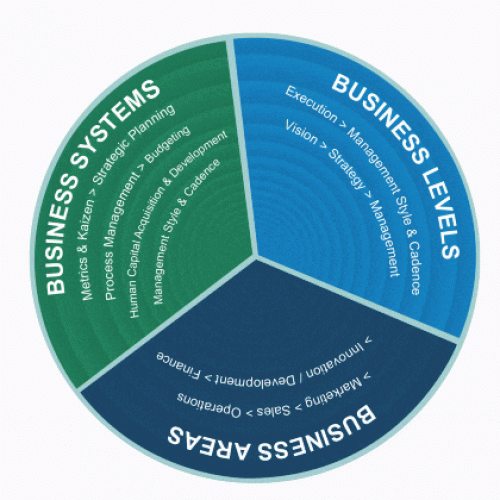
Running a business is easy! Growing a business is not!
Call to get industry-specific case studies.

Call (619) SCALE06, (619) 722-5306 from 9am to 6pm CT.
Or Click Here to Schedule a Complimentary Scaling Assessment
This is not a sales call but an assessment of your company's ability to scale and eligibility for our $10 million guarantee. In any event, we will guide you towards greater success. We will study your website and other materials in advance.

Bob Norton, Our Founder and CEO oversees all engagements
Mr. Norton founded and sold four companies for over $1 billion total, returning a 25X ROI to investors. He has helped hundreds of companies as a trusted adviser, fractional CEO/COO and Board of Director member. He also created The CEO Boot Camp and has trained thousands of CEOs from over 45 countries.
Subscribe to get access to our many free resources including:
- Over 50 Videos
- 12 on scaling companies
- CEO Resources newsletter
- CEO Tools
- Notices for free webinars
- Free eBooks:
Bob's Books
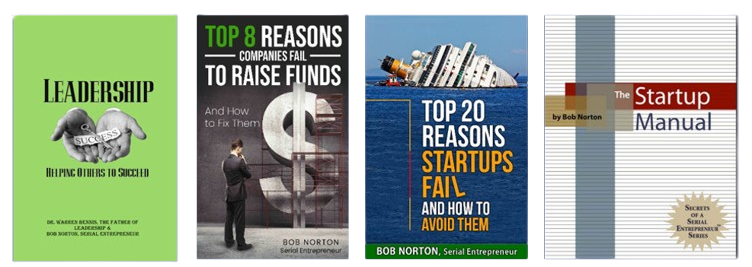
New free ebook coming soon on filing provisional versus standard patents. When each is best.

